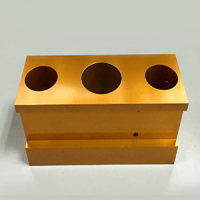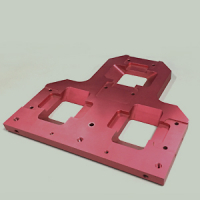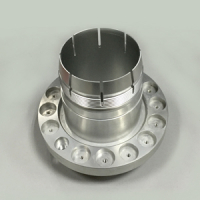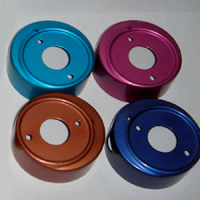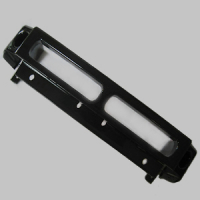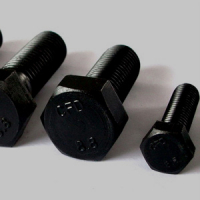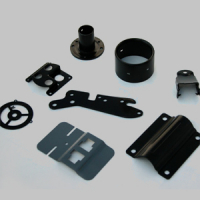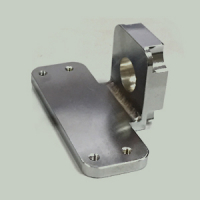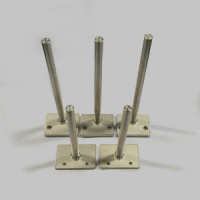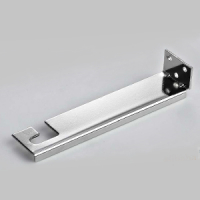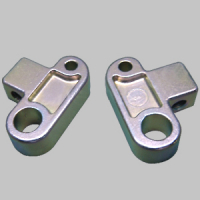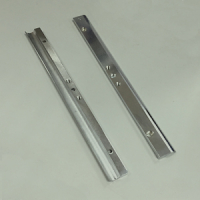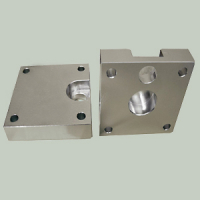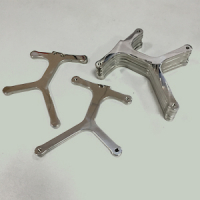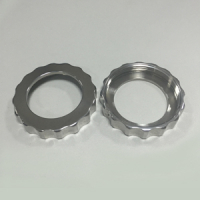Electroplating is to use the principle of electrolysis in some metal surface plating a thin layer of the other metal and alloy process, which is the application of electrolytic action made of metal or other material adhered on the surface of the parts of a layer of metal film process to prevent corrosion and improve wear resistance, electric conductivity, reflection, aesthetics, and so on.
Application of Electroplating process: anti-corrosion, protective decoration, wear resistance, electric properties (according to the work requirements, providing conductive coating or disturbing the insulation).
1. Nickel Plating:
Nickel plating is widely used and can be used as protective decorative coating on the surface of steel, zinc die casting, aluminum alloy and copper alloy. It can protect the substrate material from corrosion and play a role of bright decoration. It is often as the middle coating of others. If we plating a thin layer of chromium or imitation gold plating on it, it will realize better resistance to corrosion and more beauty. In the aspect of functional applications, nickel plating parts with 1~3 mm thickness in special industries can achieve repair purpose.
Nickel plating can increase the strengthness, toughness, heat resistance, corrosion resistance, acid resistance and magnetic conductivity etc. Nickel can refine grain and improve the hardenability and hardness of steel.
2. Chrome Plating:
Chrome plated can increase the smoothness and anti-corrosion performance of products' surface. It won’t rust and leave any rusty spot. Original parts have little deformation during the process of plating, which can increase the hardness (more than HR65) and the wear resistance.
3. Galvanizing:
The role of galvanizing is to improve the corrosion resistance of plating, prolonging the time of rust protection. Galvanizing is divided into hot dipped galvanized and electrogalvanizing according to different processes of galvanizing. The functions of hot galvanizing and electrogalvanizing is the same, but the effects are far different. The reason is that their galvanized layer thickness is largely different. The thickness of electric galvanized layer is generally only 20~30 microns, while the thickness of the galvanizing layer is generally about 200 microns.

